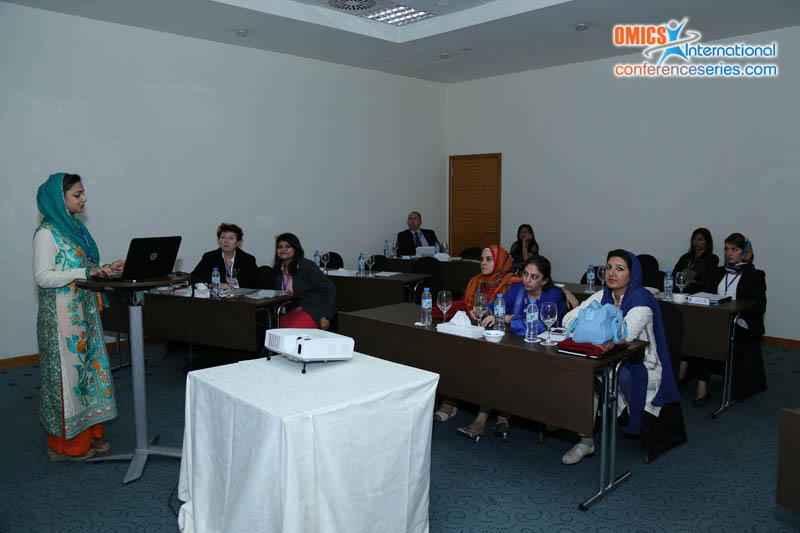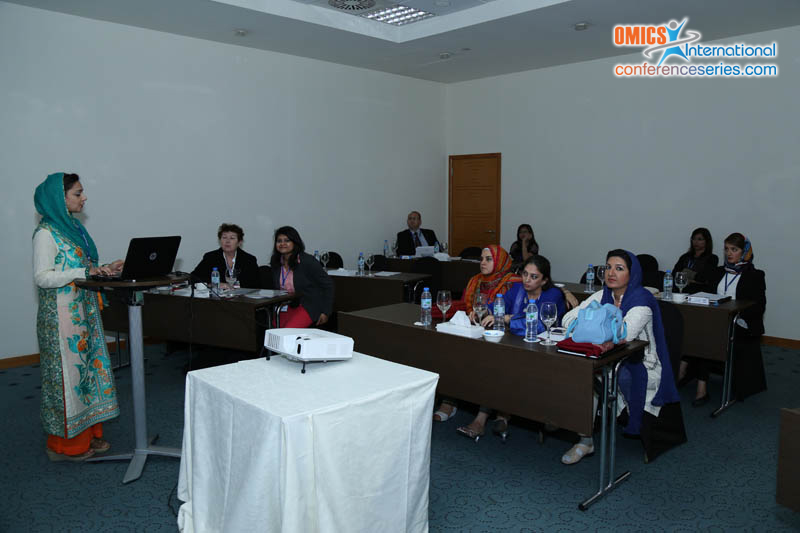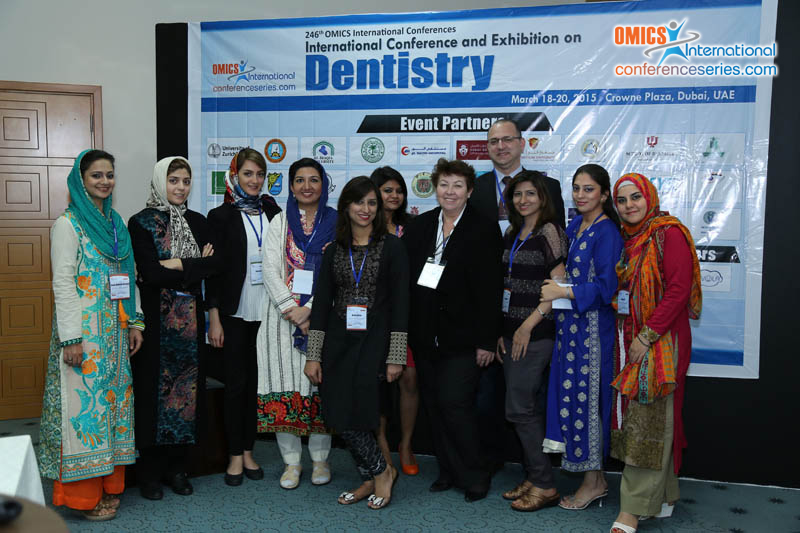Syeda Mahvish Hussain
Aga Khan University, Pakistan
Title: Amount of tooth substance gained with crown lengthening: A Systematic Review
Biography
Biography: Syeda Mahvish Hussain
Abstract
BACKGROUND:
Extensive caries, short clinical crown, traumatic injury, or severe para-functional habits may limit the amount of tooth structure available to properly restore an affected tooth. The restoration of an adequate biological width and the creation of an adequate space for proper placement of crowns prosthetic margins on a compromised tooth can be achieved surgically (crown lengthening procedure) or orthodontically (forced eruption), or by a combination of both.
OBJECTIVE:
The purpose of this systematic review was to find out which crown lengthening procedure is the most commonly used and provides best results in terms of amount of tooth substance gained.
METHODS:
Search engines like Pub med and CINAHL plus (Ebsco) were used to search articles related to our review question using the key terms and different permutations:
• Surgical crown lengthening,
• Gingivectomy/gingivoplasty
• Biologic width,
• Orthodontic extrusion,
• Sub-gingival restoration
• Ferrule
RESULTS:
• The total number of teeth assessed in all 8 studies was 321 (range 20-84 per study)
• The surgical site was mentioned in 2/8 studies which made a total of 73 from the 321 teeth assessed.
• Only 80 of the 321 teeth assessed in the 8 studies were affected because of subgingival caries and another 53 had a fracture going sub-gingivally and the remaining studies did not mention the clinical presentation
• The radiographic evaluation was assessed in only 1/8 studies which had 30 teeth
• In 7 out of the 8 studies, (total of 291 teeth), did not mention which jaw maxillary or mandibular, they belonged to.
• The most common indication for crown lengthening in these 8 studies was for proper restorative treatment
CONCLUSIONS:
• The number of clinical trials on CLS (crown lengthening surgery) was limited.
• The quality of the studies which report data on CLS was mostly inadequate because basic demographics like the surgical site, the type of jaw (mandibular/ maxillary), radiographic evaluation and clinical presentation were missing from most of the studies evaluated
• APF (apical re-positioning of flap) with bone reduction was the most commonly used technique (7/8 studies) for CLS
• The mean amount of tooth structure gained initially was 2.46mm which decreased to 1.49mm after 6months.
Speaker Presentations
Speaker PDFs
Speaker PPTs Click Here




